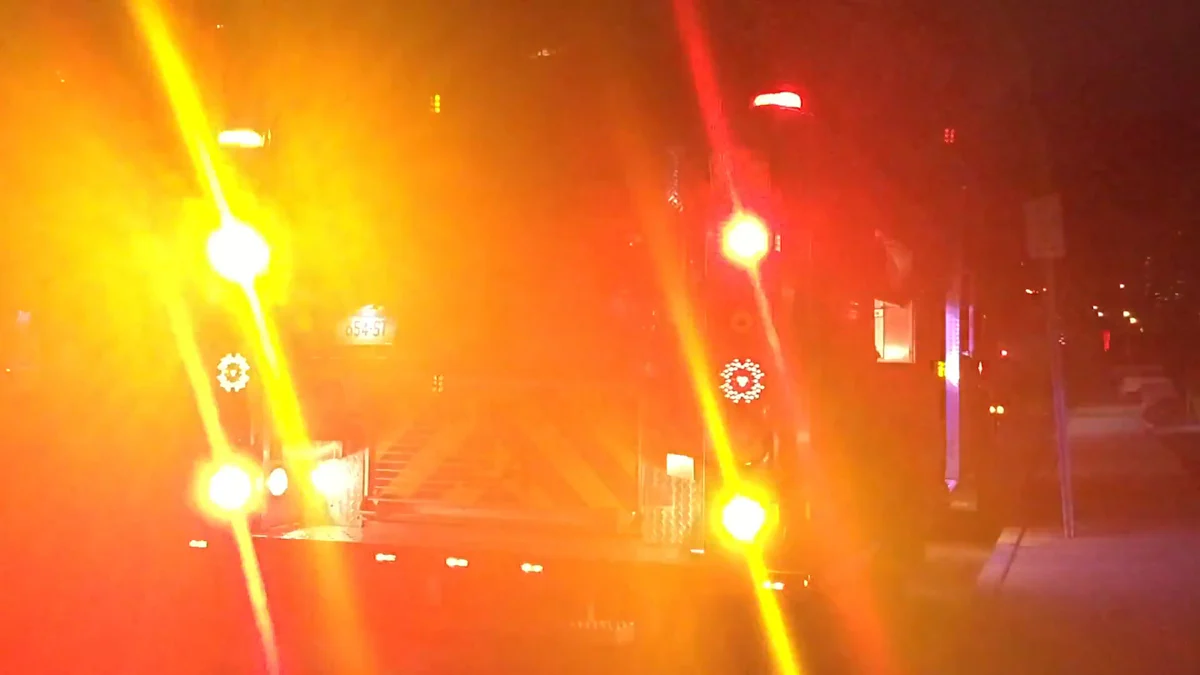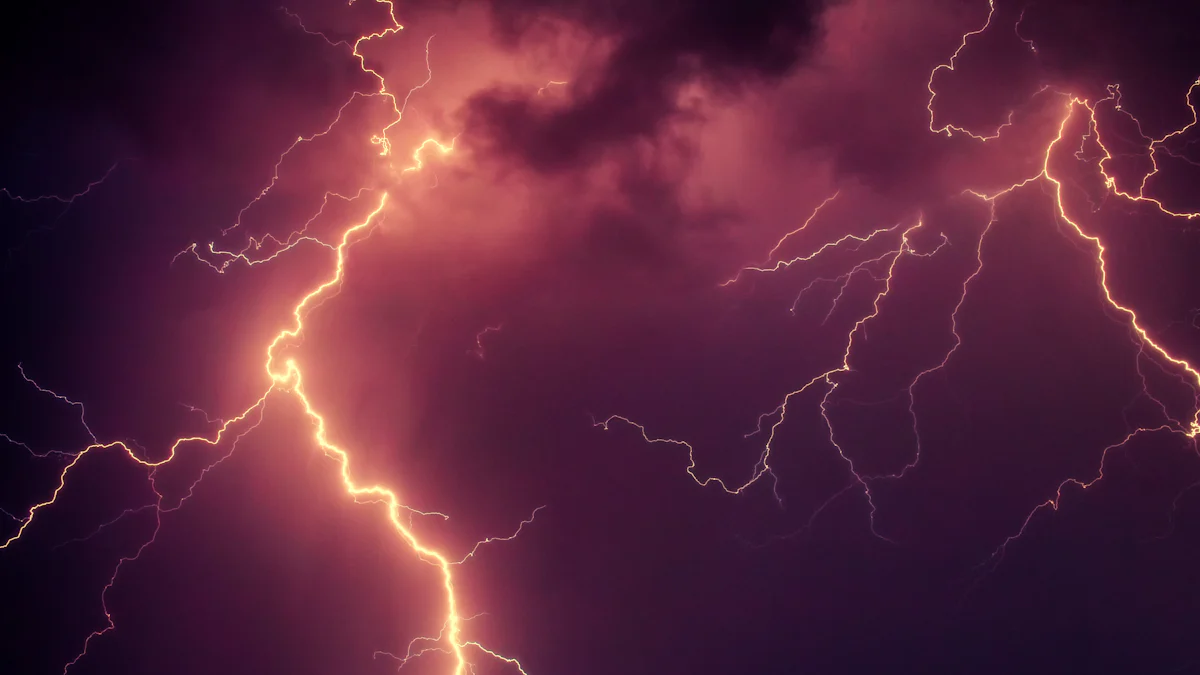
Choosing the right emergency light can make all the difference when the power goes out. It ensures you stay safe and prepared during unexpected situations. A reliable option, like a dual head emergency light, provides consistent illumination when you need it most. Whether it’s a bulkhead emergency light or an LED emergency light remote head, the right choice keeps your space secure. Stick around for tips to help you pick the perfect one.
Key Takeaways
- Pick the best emergency light for your needs. Choices include LED, rechargeable, solar-powered, and portable lights.
- Test your emergency lights often to make sure they work. Set a reminder each month to check if they are working.
- Think about energy use and strength when choosing a light. Find ones that save energy and last in hard conditions.
Types of Emergency Lights

When it comes to choosing an emergency light, you’ll find several types to suit different needs. Let’s break them down so you can decide which one works best for you.
LED Emergency Lights
LED emergency lights are a popular choice. They’re energy-efficient and last a long time. You’ll notice they provide bright, consistent light, which is perfect during power outages. Plus, they don’t heat up, making them safe to use in any environment. If you want something reliable and cost-effective, LED options are worth considering.
Rechargeable Emergency Lights
Rechargeable emergency lights are super convenient. You can charge them ahead of time and use them when needed. They’re great for homes, offices, or even camping trips. Many models come with long-lasting batteries, so you won’t have to worry about running out of power quickly.
Exit Signs and Emergency Exit Lights
Exit signs and emergency exit lights are essential for public spaces. They guide people to safety during emergencies. You’ve probably seen them in schools, malls, or theaters. These lights are designed to stay on even when the power goes out, ensuring everyone can find their way out.
Solar-Powered Emergency Lights
Solar-powered emergency lights are eco-friendly and practical. They use sunlight to charge, so you don’t need electricity. These lights are perfect for outdoor use or areas with frequent power outages. They’re a smart choice if you want to reduce your carbon footprint.
Portable Emergency Lights
Portable emergency lights are lightweight and easy to carry. You can take them anywhere, whether it’s a camping trip or a roadside emergency. They’re versatile and come in various designs, from flashlights to lanterns. If you need flexibility, portable options are ideal.
Key Factors to Consider
When choosing the best emergency light, you’ll want to keep a few important factors in mind. These considerations will help you make a smart and informed decision.
Compliance with Local Regulations
First, check if the emergency light meets your local safety standards. Many areas have specific rules for emergency lighting, especially in public spaces. Ignoring these regulations could lead to fines or safety risks. Always look for certifications or labels that confirm compliance.
Cost and Budget
Your budget plays a big role in your choice. Emergency lights come in a wide price range, so decide how much you’re willing to spend. While cheaper options might save money upfront, they may not last as long. Investing in a quality light can save you from frequent replacements.
Energy Efficiency and Power Consumption
Energy-efficient lights are a win-win. They save you money on electricity and are better for the environment. LED emergency lights, for example, use less power while providing bright illumination. Look for models with energy-saving features.
Battery Life and Charging Options
A reliable emergency light should have a long battery life. You don’t want it dying in the middle of a blackout. Rechargeable options are great, but check how long they take to charge. Some even offer solar charging, which is super handy.
Durability and Build Quality
Durability matters, especially if you’re using the light outdoors or in tough conditions. Look for sturdy materials like aluminum or high-quality plastic. A well-built light can handle drops, weather, and wear over time.
Brightness and Light Intensity
Finally, consider how bright the light is. You’ll want enough illumination to see clearly during an emergency. Check the lumens rating to compare brightness levels. Some lights even let you adjust the intensity, which is a nice bonus.
Practical Tips for Selecting an Emergency Light
Assess Your Power Needs and Environment
Start by thinking about where you’ll use the emergency light. Is it for your home, office, or outdoor adventures? Each setting has unique power needs. For example, a small flashlight might work for camping, but a larger, wall-mounted light is better for a workspace. Also, consider how often you experience power outages. If they’re frequent, you’ll need a light with a long-lasting battery or solar charging capabilities.
Choose the Right Type for Your Use Case
Not all emergency lights are created equal. Some are designed for specific purposes. If you need a light for guiding people during emergencies, exit signs or emergency exit lights are ideal. For personal use, rechargeable or portable options might be better. Match the type of light to your specific needs to get the best results.
Consider Portability and Weather Resistance
If you plan to move the light around or use it outdoors, portability is key. Look for lightweight designs that are easy to carry. Weather resistance is another important factor. A durable, waterproof light can handle rain, snow, or extreme temperatures without failing.
Look for Automatic Activation Features
Automatic activation can be a lifesaver. These lights turn on instantly when the power goes out, so you’re never left in the dark. This feature is especially useful in homes or offices where safety is a priority. Check the product description to see if this feature is included.
Compare Warranties and After-Sales Support
A good warranty shows that the manufacturer stands behind their product. Look for emergency lights with at least a one-year warranty. Also, check if the company offers reliable after-sales support. This ensures you can get help if something goes wrong or if you need replacement parts.
Maintenance and Testing

Importance of Regular Testing
Testing your emergency lights regularly is crucial. You don’t want to discover they’re not working during a power outage. Regular checks ensure the lights are ready when you need them most. Many local regulations also require periodic testing, especially in public spaces. By staying on top of this, you’ll avoid fines and keep everyone safe.
Tip: Set a reminder on your phone or calendar to test your emergency lights monthly. It’s a quick task that can save you a lot of trouble later.
How to Perform Basic Maintenance
Maintaining your emergency lights doesn’t have to be complicated. Start by cleaning the light covers. Dust and dirt can reduce brightness. Use a soft cloth and mild cleaner for this. Next, check the batteries. If they’re rechargeable, make sure they’re holding a charge. For plug-in models, inspect the power cords for any damage.
You should also test the light’s functionality. Turn off the main power supply to see if the light activates automatically. If it doesn’t, there might be an issue with the wiring or battery.
When to Hire a Professional for Inspections
Sometimes, you’ll need an expert to step in. If your emergency lights are part of a larger system, like in a commercial building, professional inspections are a must. They’ll check for compliance with safety standards and fix any technical issues. Hire a pro if you notice flickering lights, unusual noises, or if the system fails during a test.
Note: Hiring a professional once a year can help you catch problems early and extend the life of your emergency lights.
Replacing Batteries and Components
Batteries don’t last forever. If your emergency light isn’t holding a charge, it’s time for a replacement. Check the user manual for the correct battery type. For LED lights, you might also need to replace the bulbs after a few years. Always use compatible parts to avoid damaging the unit.
Reminder: Keep spare batteries on hand, especially if you live in an area with frequent power outages. You’ll thank yourself later!
Choosing the right emergency light keeps you safe and prepared. You’ve learned about the types, key factors, and practical tips to make the best choice. Regular maintenance ensures your light works when you need it most. Don’t wait—take action today and invest in a reliable option for peace of mind.
FAQ
What is the best type of emergency light for home use?
It depends on your needs. Rechargeable LED lights are great for homes. They’re energy-efficient, long-lasting, and provide bright illumination during power outages.
How often should you test your emergency lights?
You should test them monthly. Regular testing ensures they work during emergencies. Set a reminder to make this a quick and easy habit.
Tip: Testing takes just a few minutes but can save you from unexpected failures.
Can solar-powered emergency lights work indoors?
Yes, but they need sunlight to charge. Place them near windows during the day. For consistent indoor use, consider rechargeable or plug-in options instead.
Note: Solar lights are perfect for outdoor areas or spaces with natural light.





